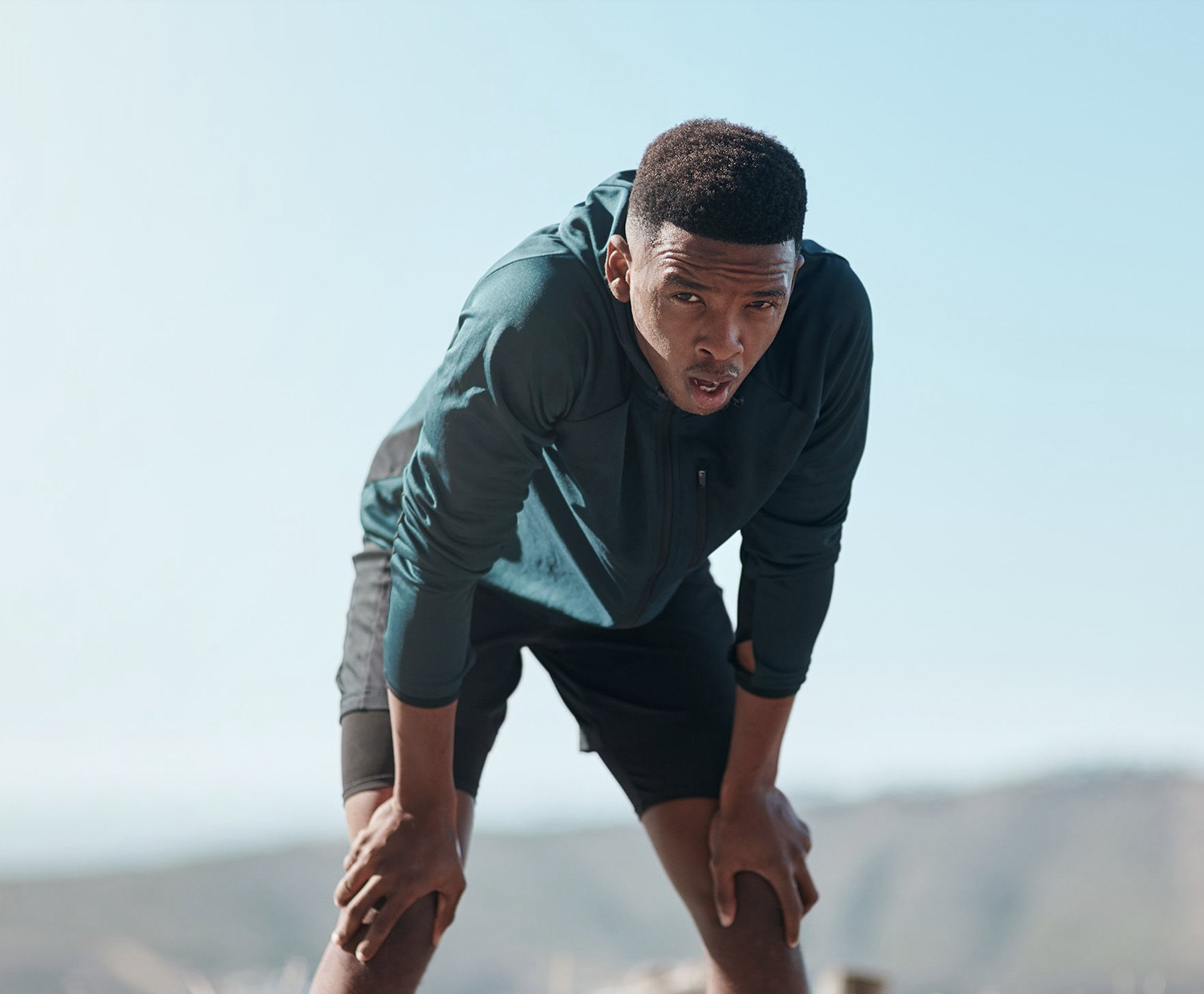You’ve probably heard it before. You finish a brutal workout, gasping for air, and someone yells, “Stand up! Hands off your knees - you’ll breathe better!”
It’s almost instinctive now. The idea that standing tall opens your lungs, improves airflow, and signals strength. But lately, more and more athletes and even researchers, are starting to question that old-school belief.
So what’s the deal? Which position actually helps you recover faster: hands on knees or hands on head?
The Case for “Hands on Head”
For decades, coaches have preached the “stand tall” posture. The reasoning seems simple enough: when you stand upright and place your hands on your head, you open up the chest cavity, allowing for maximum lung expansion. The diaphragm has more room to move, and you’re less likely to hunch forward and compress your airway.
From a psychological standpoint, there’s also a component of body language - standing tall can convey confidence, resilience, and readiness to go again. In competitive settings, that “I’m not tired” posture can serve as a mental tactic as much as a physical one.
Older respiratory mechanics studies supported the idea that upright postures facilitate easier breathing compared to slouched ones, largely due to improved rib cage expansion and reduced pressure on the diaphragm. So, the “hands on head” approach does make sense from a traditional biomechanical view.
The Case for “Hands on Knees”
But then came new research that turned this long-held belief on its head - literally.
In 2019, a study published in the Journal of Strength and Conditioning Research (by Hostler et al.) tested recovery positions in female soccer players after high-intensity intervals. The results? Athletes who rested with their hands on their knees, leaning slightly forward, actually recovered faster. They had lower heart rates, reported less perceived exertion, and achieved faster breathing normalization than those who stood tall with hands on head.
Why?
It turns out that leaning forward with hands on knees can mechanically assist breathing. This position engages accessory respiratory muscles like the pectoralis major and minor, which can help the lungs expand more effectively when you’re fatigued. It’s sometimes called the “tripod position” - a posture doctors actually encourage for patients experiencing respiratory distress because it allows the diaphragm to move more efficiently.
In other words: when you’re tired and trying to catch your breath, your body might naturally guide you to the best position for oxygen recovery.
So Which Is Better?
It depends on what you mean by “better.”
If you’re in a competitive setting and posture or appearance plays a psychological role, standing tall might serve a purpose. It signals composure and control. It may even boost your own confidence in the moment.
But if we’re talking about pure recovery efficiency - oxygen uptake, heart rate recovery, and readiness to perform another effort, current evidence points toward hands on knees as the winner.
Still, maybe this isn’t about right or wrong. It’s about listening. Your body knows what it needs. Some days, standing tall might feel right. Other days, dropping to your knees, focusing on your breath, and giving yourself a few grounded seconds might be exactly what you need.
The Takeaway
Next time you finish a workout, pay attention. Don’t just default to what a coach once told you - notice what your body asks for.
Maybe it’s less about looking strong, and more about recovering strong.
So, when you’re out of breath and the world’s spinning just a bit…
Do you stand tall, or let your hands fall?







